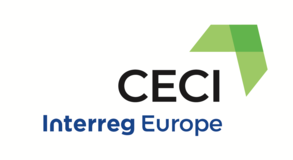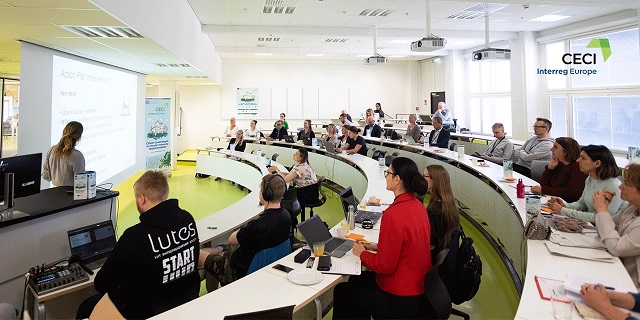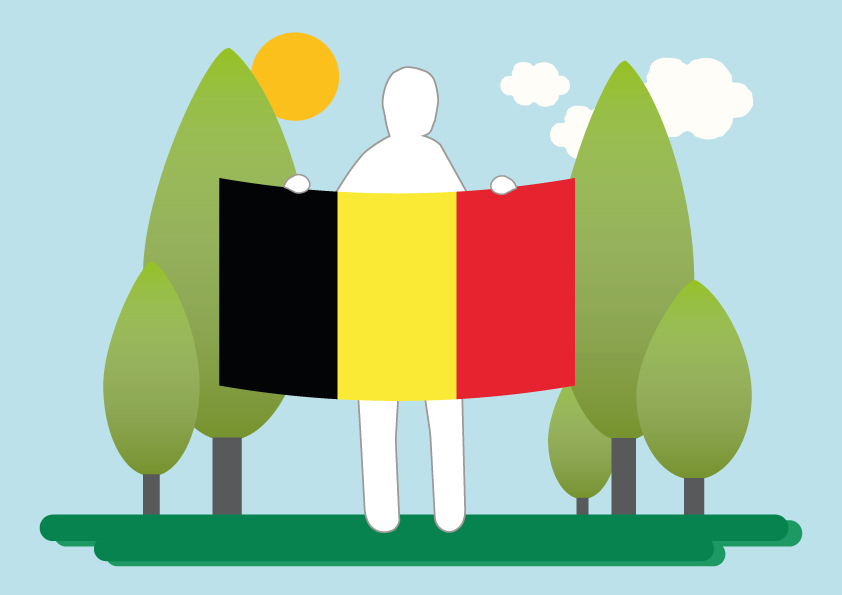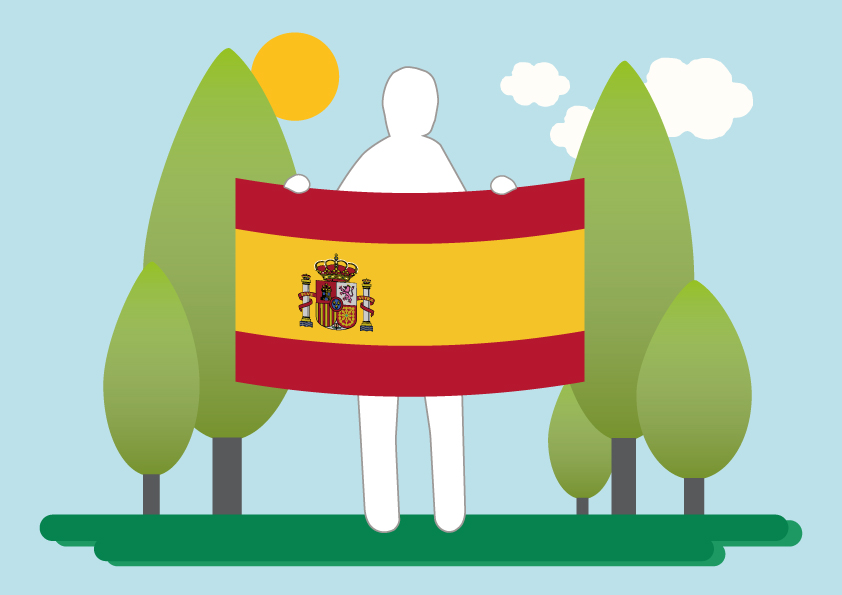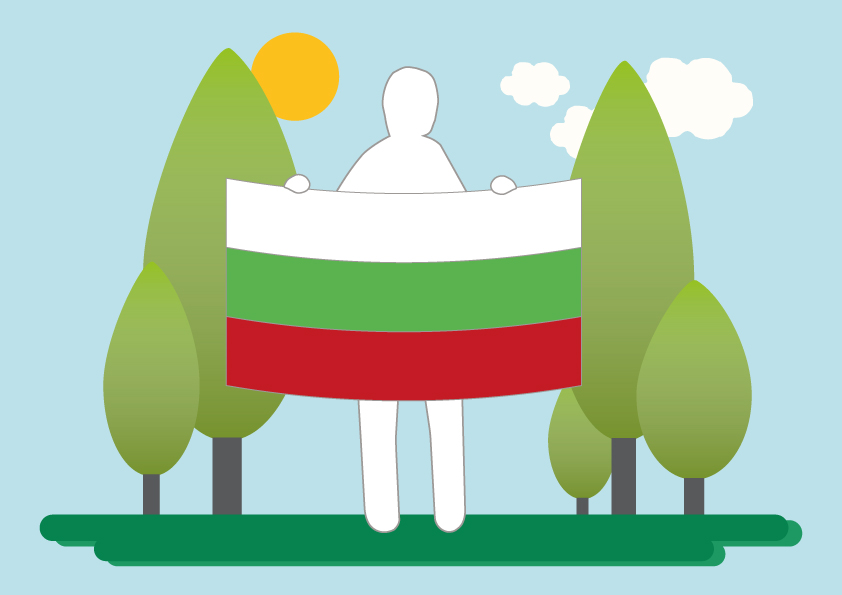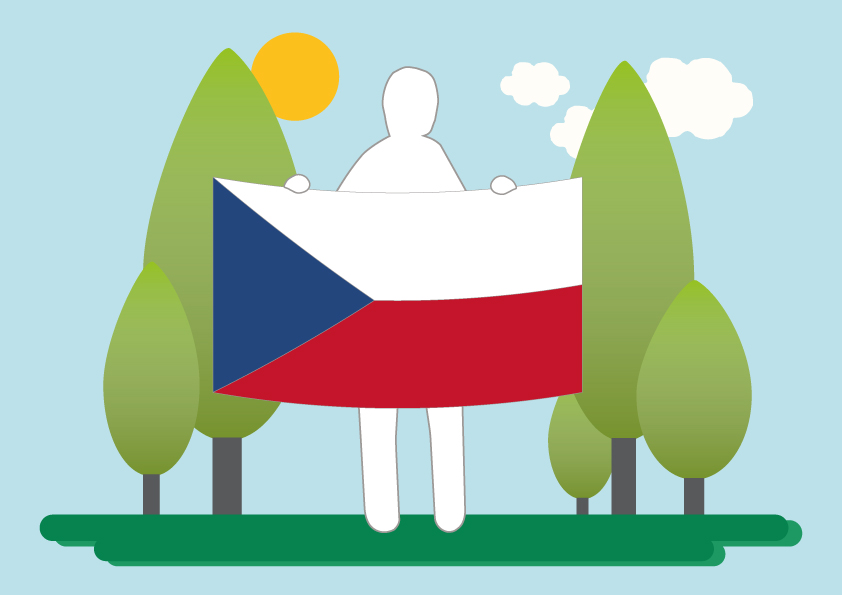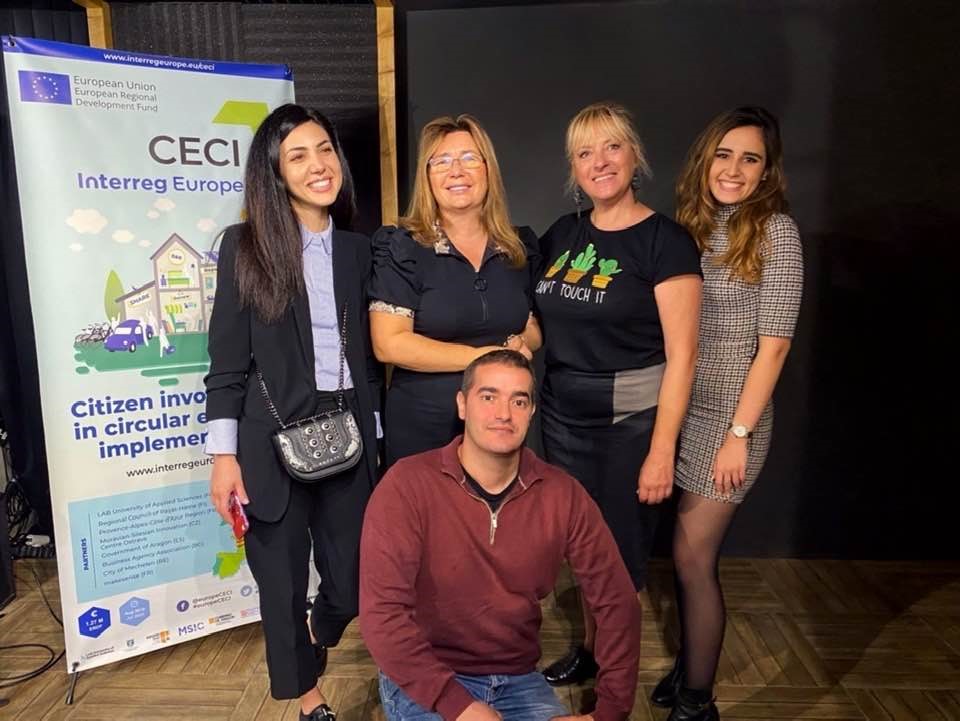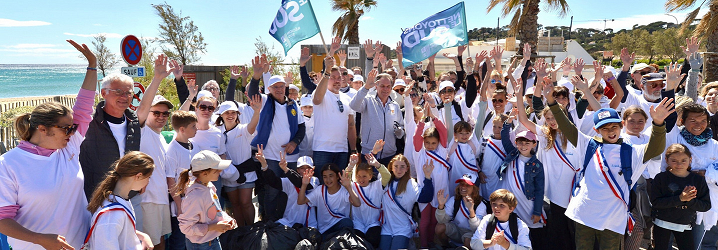Sustainability all the way from design and public procurement into recycling
This article discusses the importance of sustainable design and public procurement in reducing textile waste. The article refers to the Interreg Europe funded CECI – Citizen involvement in circular economy implementation project and the CECI Circular textiles survey, that was carried out in summer 2021. It is the second of the four articles concerning the textiles issue.
Authors: Barbora Pichlova, Antoine Delaunay-Belleville, Marjut Villanen & Katerina Medkova
Since the textiles industry is one of the largest ones in the world, nearly all countries are somehow involved in it. The involvement varies from the actual textile productions and transportation to product design, development of manufacturing technologies and consumption. The unsustainable textile production and use cause increasing problem of textile waste in all countries. (Speranskaya et al. 2018.)
Increased consumer sustainability awareness has been promoted among textile value chain including various textile industry representatives, governments and organizations supporting sustainability and circularity. Supporting sustainability and circularity transition calls for holistic approach with entirely novel and revolutionary ways of doing business, while considering economic, social and environmental benefits. (One Planet Network 2020.)
CECI – Citizen Involvement in Circular Economy Implementation is a Interreg Europe funded project, that gathers eight partners in six European regions. CECI aims to improve and to develop regional policies and strengthens citizens role. (Interreg Europe 2021a.) CECI collects good practices and exchanges knowledge between the project regions (Interreg Europe 2021b). In summer 2021, the CECI project partners conducted a thematic study and a workshop on circular textiles. Series of four articles will summarize the findings. The first article named Involving citizen in textile recycling, focuses more on the citizens role, whereas this article looks at a different angle (Pichlova et al. 2021).
According to Annariina Ruokamo, RDI Specialist and Educator at LAB University of Applied Sciences, the circular fashion industry is one in which waste and pollution are designed out, products and materials are kept in use for as long as possible, and natural systems are regenerated. Although there is much room for improvement throughout the entire life cycle of the products, 80% of their environmental impacts can be taken into account during the design stage. Focusing on “needs not wants”, as well as use, repair, disassembly, recycling, and collection – these aspects must all be considered during the design process. (Ruokamo 2021.)...
Read the full article here: https://www.labopen.fi/lab-pro/sustainability-all-the-way-from-design-and-public-procurement-into-recycling/
